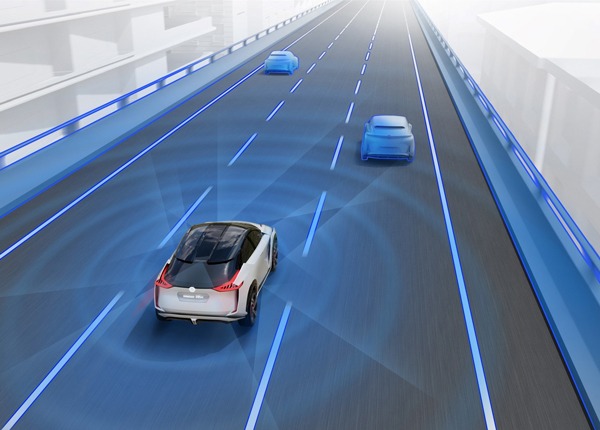
Identifying & Dealing With Distracted Drivers: Fighting Distracted Driving
Updated Dec. 16, 2020Even the most attentive drivers in the world become distracted from time to time. Unfortunately, distracted driving is a country-wide epidemic in America, so it is something you will encounter quite frequently. You must know how to deal with distracted drivers, otherwise they may end up distracting you in turn.
Witnessing distracted drivers can be frustrating, especially when you can see the motorist in question engaging in some inherently dangerous activity like applying make-up or texting while driving. The important thing is that you remain calm in such situations and recognize that you are susceptible to become distracted yourself. Never sound your horn, shout or behave in an otherwise aggressive manner toward a distracted driver (or anybody else), as this will increase the danger of the situation and may well startle the other driver into having an accident.
Identifying distracted drivers
Like construction zones, pedestrians at crosswalks and collision sites, distracted drivers pose a hazard and as such, demand some of your attention. As with all other hazards outside your vehicle, the secret to safety is to observe the distracted driver for no longer than necessary, opting for short glances rather than a prolonged stare.
When you witness another road user being distracted or behaving in an unsafe way, your focus should be to improve your safety by keeping your distance. That way, you are less likely to be affected if the other person’s actions lead to a collision. It is not only motorists who are susceptible to becoming distracted, you must also learn to identify distracted motorcyclists, bicyclists, pedestrians, delivery personnel, construction workers and tourists. You may need to act to avoid a collision if any other road user in the vicinity is not paying attention.
Children near the road
You must always drive with additional caution whenever you see children by the roadside or are moving through an area where children may be present, such as a school zone. Children and young people are incredibly susceptible to distraction and are less able to see danger than older, more experienced people.
These days, most older children and adolescents have cell phones and are easily distracted by them while walking to and from school. Be especially vigilant for children distracted by cell phones, as they are likely to take 20 percent longer to cross a street and will be far less aware of their surroundings. It is thought that children using cell phones are around 43 percent more likely to be struck by a car.
Complex risk environments
You are far more likely to encounter inattentive drivers in complex risk driving environments. On congested city streets, high-speed roadways and during poor weather conditions, there will be a lot going on that could distract other motorists from key driving tasks. The dangers of becoming distracted in such environments are greater too, as one false move could result in a collision. Make sure you are especially vigilant in complex risk situations and watch out for other drivers who are not paying full attention to the road.
Minimizing risk
You cannot control the actions of other drivers and you should not try. Do not respond to a distracted driver by reprimanding them with your horn, as there is a good chance you will startle them into having an accident. Though, there are actions you can take to minimize risk when there are inattentive drivers around you on the roadway. If right-of-way is an issue, it may be wise to yield to the distracted driver, as they may not notice you approaching or have considered that the right-of-way should be yours. In all situations, do your best to give the inattentive driver some extra space and reduce your speed. This will lessen the chances of you being caught up in an incident if they make a serious mistake.
Fighting distracted driving
As distracted driving is such a serious public safety concern, the federal government and individual state governments are devising new strategies to help drivers remain attentive behind the wheel. A federal distracted driving grant is now available for all states which enact and enforce a ban on all drivers under 18 years old using electronic devices while driving. In addition to the obvious safety benefits, this funding encourages state governments to set stricter distracted driving prevention laws.
Prohibiting texting and hand-held phone use has proven effective in the reduction of distracted driving-related collisions and is now a tactic employed by 16 states. A total of 47 states and the District of Columbia have enacted a ban on text messaging while driving for all motorists. There has also been an increase in the fines associated with texting laws in many states, which serves as a further deterrent for would-be distracted drivers.
Text messaging is a major distracted driving issue, though it is not the only activity involving an electronic device that can take a driver’s attention away from the road. To address this concern, several states are expanding on their initial distracted driving laws to include additional restrictions besides a texting ban. For instance, Georgia and California have now banned the use of all hand-held electronic devices while driving. The California legislation states that drivers may only use an electronic device if it is mounted to the windshield, dashboard or center console and can be operated with a single tap or swipe.
Of course, these state and federal measures mean very little unless the drivers themselves do their part. You are responsible for making safe driving decisions at all times, even when you do not believe you will be caught for breaking the rules. Distracted driving is a deadly issue; stay focused and stay safe.




